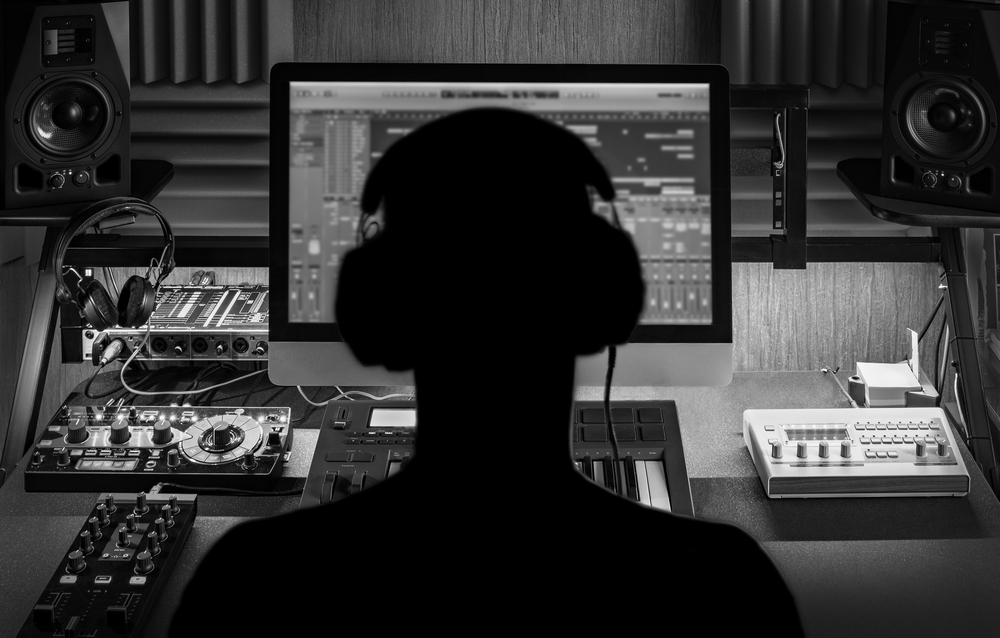Build Chart-Topping Tracks with Innovative Hip Hop Music Production Techniques
Creating chart-topping hip hop tracks involves far more than just a catchy beat and clever lyrics it requires a fusion of creativity, technical skill, and a deep understanding of the evolving soundscape of the genre. Innovative hip hop music production techniques have become the backbone of modern hits, enabling producers to craft songs that not only resonate with listeners but also stand out in a crowded music landscape. At the heart of hip hop production is the beat, which sets the rhythm and mood of the track. Producers often start by crafting a compelling drum pattern, drawing from a variety of rhythmic styles, including classic boom bap, trap hi-hat rolls, and experimental percussion arrangements. Layering is key; by blending crisp snares, deep 808 kicks, and unconventional sounds like pitched-down vocals or field recordings producers can add depth and texture that keeps listeners engaged from start to finish.

Sampling remains a cornerstone of Grizzly Beatz LLC hip hop, but modern producers are taking it to new heights. Instead of simply looping a soul or jazz riff, many now manipulate samples in unique ways chopping, reversing, pitching, and stretching them to create entirely new sonic identities. This reinvention not only honors the genre’s roots but also allows for originality and emotional nuance. Some producers also create their own samples, recording live instruments or ambient sounds and processing them heavily to produce something fresh and unexpected. Melodic elements play a crucial role in defining a track’s mood. Synthesizers, virtual instruments, and vocal chops are commonly used to create atmospheric layers or catchy hooks. Producers might build tension and release through melodic progressions or use dissonance to add emotional complexity. The key is to balance the melodic content with the rhythm, ensuring that neither overpowers the other but instead work together cohesively.
Automation and effects are powerful tools for adding movement and evolution throughout a track. Strategic use of reverb, delay, distortion, and filtering can transform a simple loop into an evolving soundscape. For instance, filtering the drums in the verses and unleashing their full presence in the chorus can create a dynamic contrast that enhances listener engagement. Similarly, vocal effects like pitch modulation or granular synthesis can add a futuristic, experimental edge. Arrangement and structure are often overlooked but are critical for making a track radio-ready. Knowing when to introduce or remove elements, how to build toward a climax, and where to place a memorable hook can make the difference between a good track and a great one. Attention to detail during the mixdown process ensures clarity, punch, and balances across all frequency ranges, while mastering polishes the final product for consistent playback on all devices.